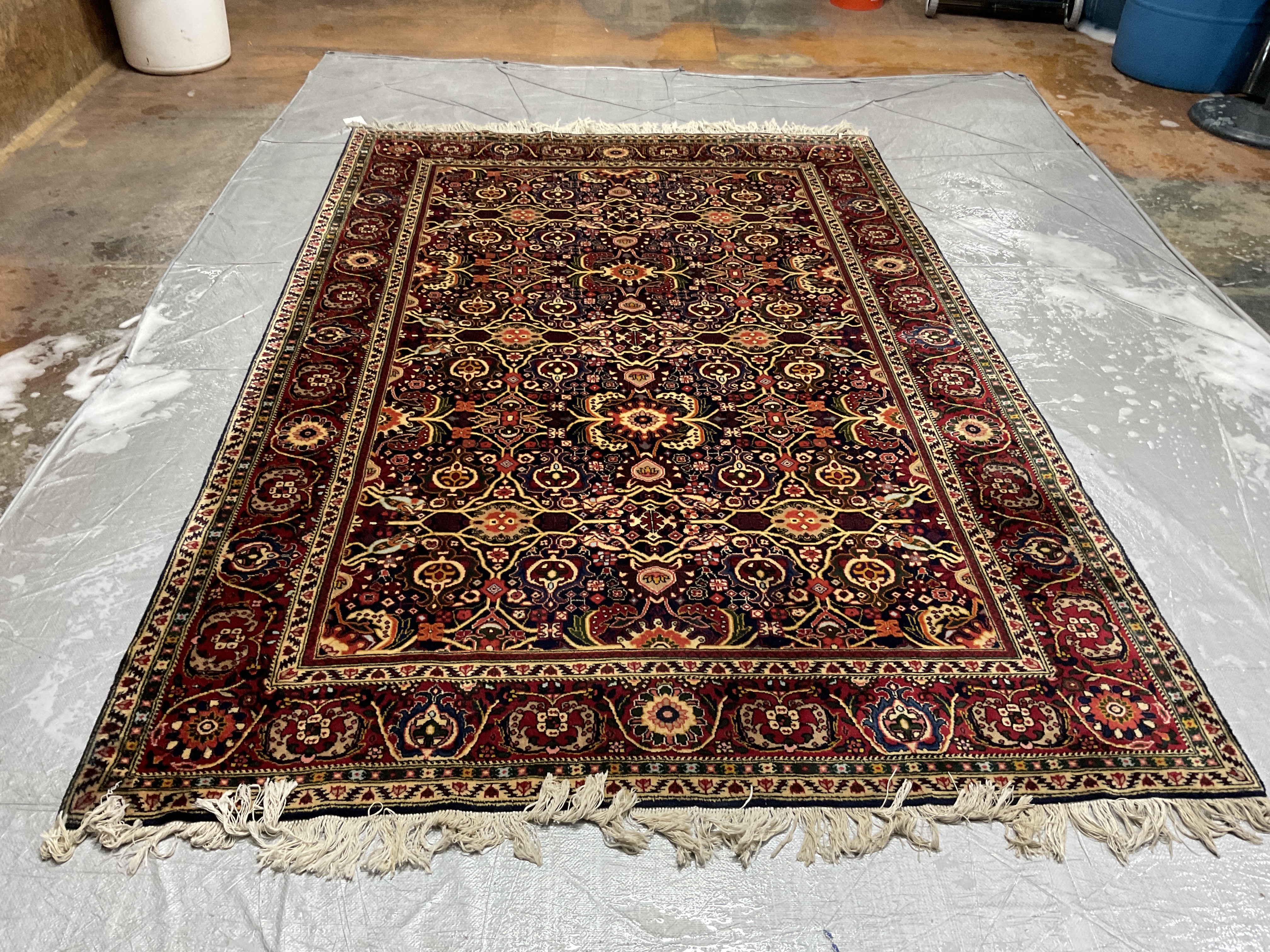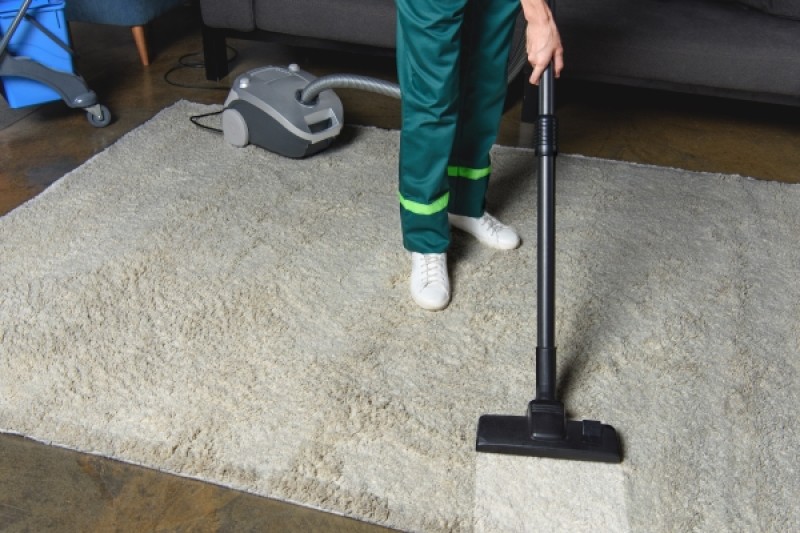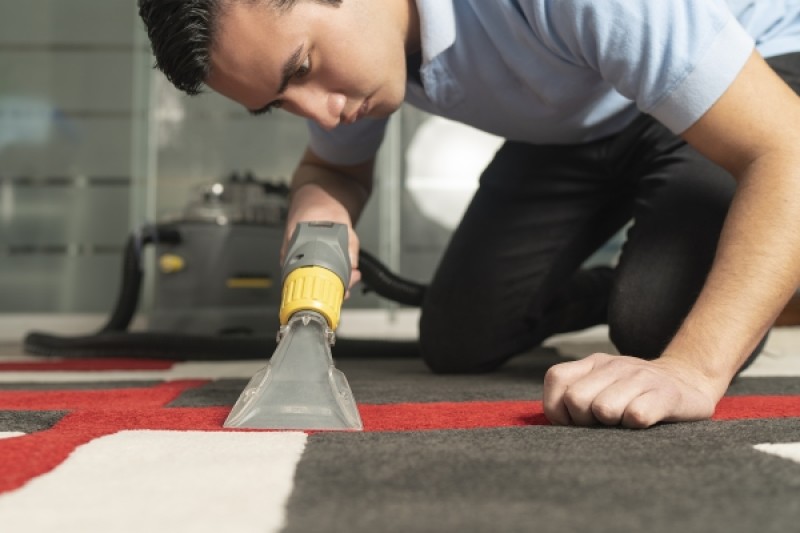Turkey is best known for its beautiful handmade vintage rugs crafted and woven daintily. Turkish rugs can be seen in every room of a Turkish home, which is an important part of Turkish home decor. These decorative pieces are famous worldwide for their unique design and alluring beauty.
These rugs are often gifted to brides at their wedding. There are different types of Turkish rugs, e.g., silk on silk, wool on wool, viscose on cotton, kilims, and Tulu.
What is a Turkish Rug?
Turkish rugs, also known as Anatolian rugs, are handcrafted rugs made in Turkey using unique traditional methods and weaving. The importance of the time-honored tradition of these rugs is undeniable.
These rugs originated in the 13th century in Konya, a manufacturing hub for rugs. Greeks greatly influenced the design of Turkish rugs. Geometrical motifs were widely used on prayer rugs. In the 14th and 15th centuries, animal and geometrical motifs were used in rug design.
Eventually, the art of weaving made its way to the South, which is why now we can see many variations in Turkish rugs' styles and designs. Due to globalization, there is a huge demand for handmade turkish rugs and knotted turkish rugs among those who look for astonishing decoration pieces for their home.
How Are Turkish Rugs Made?
Due to technological advancements, modern turkish rugs are now manufactured in factories. In comparison, the vintage rugs are still hand-knotted and are one of a kind. The techniques used to craft these rugs make them stand out from the rest.
The value of a Turkish rug can be determined by the materials used in its manufacturing. They are classified based on the material used:
- Silk on silk
- Wool on cotton
- Wool on wool
- Viscose on cotton
- Kilims
- Tulu
A handcraft rug has two parts:
- Skeleton: Structure of the rug formed by vertical and horizontal threads.
- Pile: it seems like a picture has a velvety texture, made by knotting different thread colors.
Motif designing has two knotting techniques:
- Symmetrical knotting
- Non-symmetrical knotting
Natural Dyes
Preference is given to rugs made of natural dyes. Plants, animals, and minerals are the natural sources to obtain red, yellow, navy blue, black, and grey colors. However, shades obtained from plant sources are most commonly used in rug production.
Natural dyes make colors long-wearing, brighter and vivid when exposed to direct sunlight. They are more durable when scratched heavily; thus, colors don’t fade away and last for life.
Motifs
The composition, motifs, and design of a rug represent the origin and culture of a society. Therefore, the motif on the Turkish rugs reflects the Anatolian and Central Asian civilizations.
Some of the most widely used motifs are:
- Tree of Life
- Dragon
- Evil Eye
- Hanging Candle
What is Special About Turkish Rug?
The stunning patterns and distinctive combination of traditional elements and motifs are the features that make an antique Turkish rug shine out!
Moreover, these rugs are integrated with a perfect mix of dappled geometric patterns, intricate floral designs, and attractive tribal motifs. Turkish rugs enriched with many knots are more expensive because it takes longer to craft such complex woven pieces.
It must have at least 500 knots to be classified as a high-quality rug. Rugs having floral leaves and elegant designs usually have higher knot counts because rectilinear forms look more appealing to the eyes.
How Can You Tell If a Turkish Rug is Real?
To examine the quality and authenticity of a handcrafted Turkish rug, you need to keep in mind the following factors:
- A hand-knotted rug has a soft back, and its pattern matches the top pile making it look like a mirror image. If the backside doesn’t look like its front, it's a fake piece.
- Look at the edges of the rug where the threads form a fringe. If this fringe is sewn onto the ends, it's fake and should be avoided.
- If the rug's colors are bleeding, it's a fake rug.
- A fake rug is not made of wool or silk.
How to Clean Turkish Rugs?
Rugs are used in homes as floor coverings, blankets, tablecloths, and decorations. They are likely to get dirty and stained like any other home item. Since ancient rugs are an investment and expensive items, you should be careful while cleaning them.
Clean spills and stains immediately
You should immediately clean your rug. You can use soft towels and water to sweep it off. It will prevent the liquid from spreading and sinking into the fiber, making it a permanent stain. Avoid using chemicals to maintain your Turkish rug.
Vacuum Regularly
The dust particles stick with the wool, silk, and cotton fiber used in knotting rugs. That is why it is pertinent to vacuum these rugs regularly. To prevent damage to the threads, you must set the vacuum's beater bar high.
Give Fiber Side a Rest
You can give rest to the fiber of your rug if placed in a high-traffic area. Since the dense knotting makes a Turkish rug intriguing, turning sides won’t make it look weird because both sides look similar and reveal if the rug is handmade or created by a machine.
How to Choose a Professional Rug Cleaning Service?
Is it difficult for you to remove stains, dirt, or bad odor yourself?
Turkish rugs are precious items, and seeking a professional rug cleaning service can ensure their firmness and vibrancy of colors.
You can hire Pristine Green Turkish rug and carpet cleaning services to maintain your oriented rugs.
We have the best cleaning equipment to remove all kinds of stains from your carpets without ruining the texture and colors of your luxurious rugs.
We have modern cleaning techniques and procedures to remove stubborn stains like pet stains, food spills, or any kind of dirt and grime. Also, it takes at least two weeks to complete the best oriental rug cleaning procedure, and we provide free pick up and delivery.




